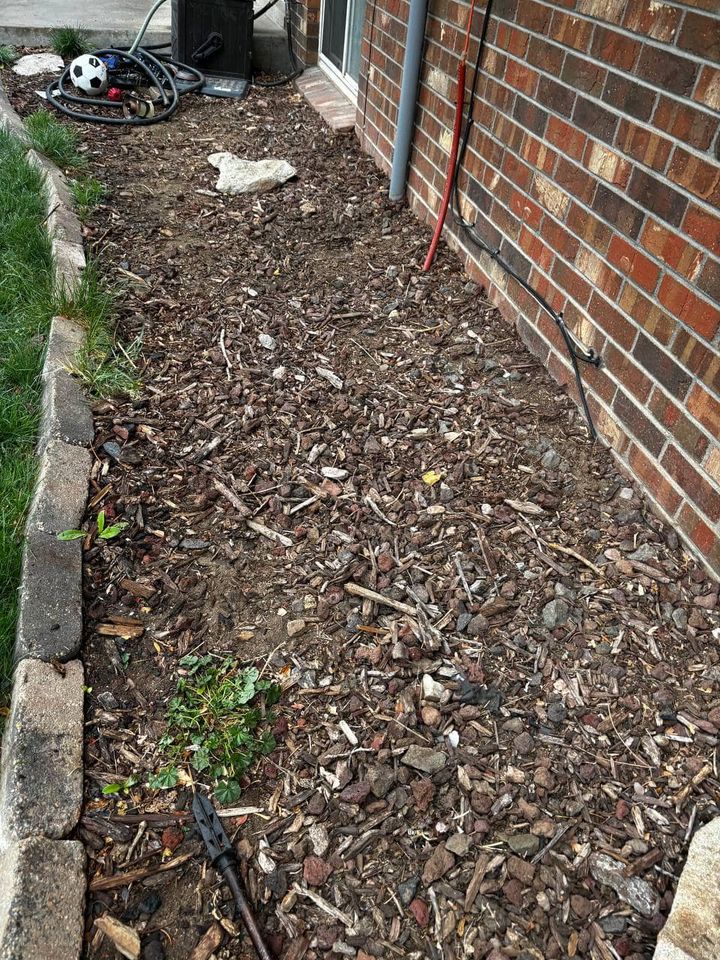Is the inspector right to demand a crimp for the supplemental ground, or did they fail to properly inspect the setup with the hidden acorn connections?
8 months ago
Last Updated: November 3, 2024
Oh man, let me tell you about my latest inspection in Centennial, Colorado! So, back in the day, I used to have some trouble with ground rods not meeting the requirements – either they weren’t buried properly or the ground wire wasn’t secured. But this time, the inspector flagged me for having an extra acorn connecting to the next ground rod. He’s asking for a crimp, but after chatting with him on the phone, I realized he never actually saw the second acorn because we buried it to avoid past issues with inspections in Denver. It’s like you just can’t win, right? So, who do you think is in the right here?





He is right, you are mistaken. Check NEC 250.64 for clarification.
Are supplemental grounds now considered a EC? I remember the exception being in 250.53. Also, are we moving away from using the term ‘supplemental’ and opting for ‘AUX’? I thought we had a different approach.
The setup needs to have continuous lugs with no split bolts allowed. You should have two ground rods that are at least 6 feet apart, connected by a continuous ground wire.
Why does the 250.53(a)(2) exception permit the 25 ohm test for the ground rod if it’s so crucial that it needs crimped? And why do we have supplemental and auxiliary codes? I get the water bond and first rod, but I think after that initial rod it should be considered a supplemental, not a EC.
You’re fortunate that he’s giving you a break with a crimp – it needs to be a consistent foundation that’s not disrupted. I don’t set the rules.
The same goes for your water ground connection – it must be a continuous bond both before and after the shut off valve, leading to your main disconnect.
It seems like there are some breaks in the run, which is why he’s asking for a crimp.
Just give him what he’s asking for and let’s move forward.
Hower, I totally get what you’re saying about him being nitpicky. I have been given the go-ahead to try and make my case, so I’m gonna go for it.
Honestly, the second rod seems like a load of crap to me. I’ve installed 1500 ground rods, my back is shot from years of hard work, and now I have to navigate underground feeders, gas lines, sprinklers, you name it.
Putting in extra rods might actually make things worse by attracting lightning to hit a tree and then travel down to the underground rod, spreading quicker to the main system.
I’ve done 10,000 crimps with my trusty reenlee tool, so I know what I’m doing. But right now, I’m stuck with 500 acorns and only 20 crimps left.
I’ve decided to just stick with the 25 ohm test from now on.
We need to have a single wire that is continuous, or two separate wires that are bonded together.
I’m considering getting the ground clamp with 25 ohms, seems like a more affordable and safer option with all the work and materials involved.
8 years back I hammered in a ground rod and ended up losing my thumb for two years. True story 👍
It’s important for some people to understand section 250.53… The wire only needs to be continuous up to the first ground rod. The second ground rod is additional. Make sure to bond the two together to create one electrode. I’m not sure if that acorn is rated for two conductors though.
I agree, if you zoom in, you’ll notice two acorns – one in the ground. Interestingly, the inspector never dug it up, just a simple finger test.
They are facing opposite directions. Just a little while ago, my apprentice left the ground wire up through the other acorn.
It’s a tricky situation.
A tap on the line side, crimped to an existing ground with a 2020 code permit. Mechanical lugs approved by NSI were used for this work. The inspector required the meter to be pulled before the tap could be completed.
No content